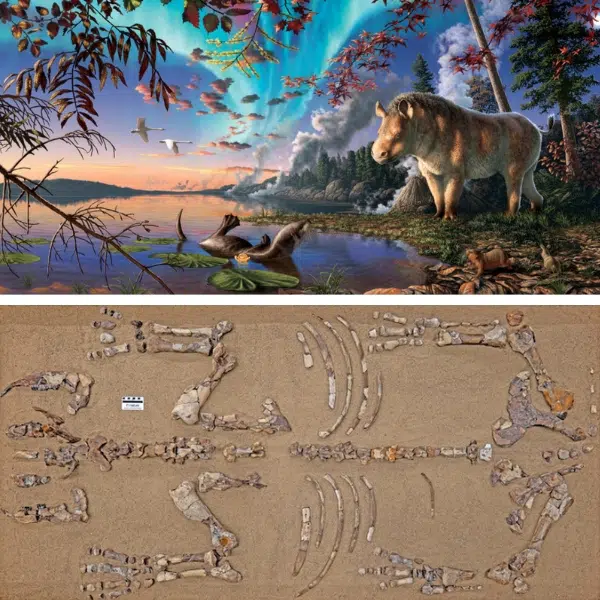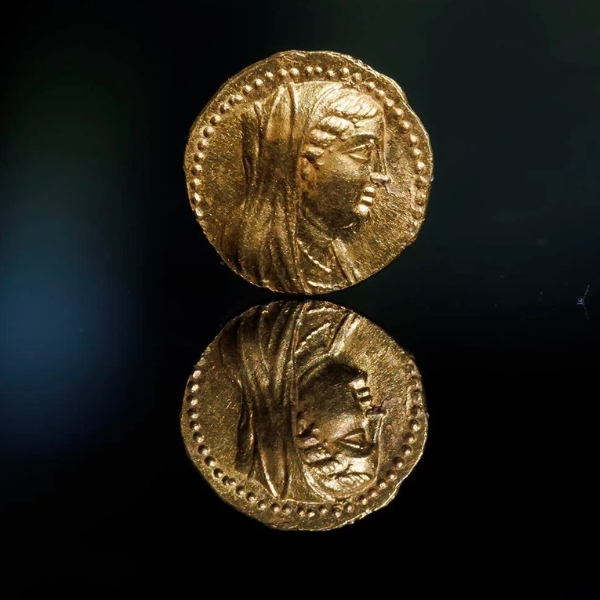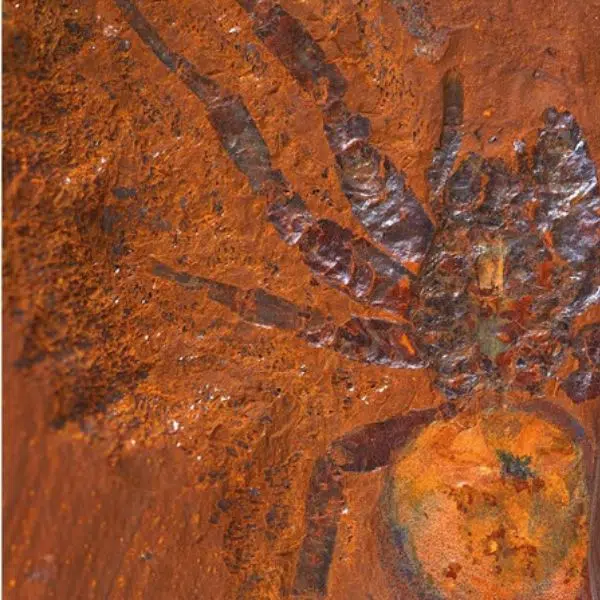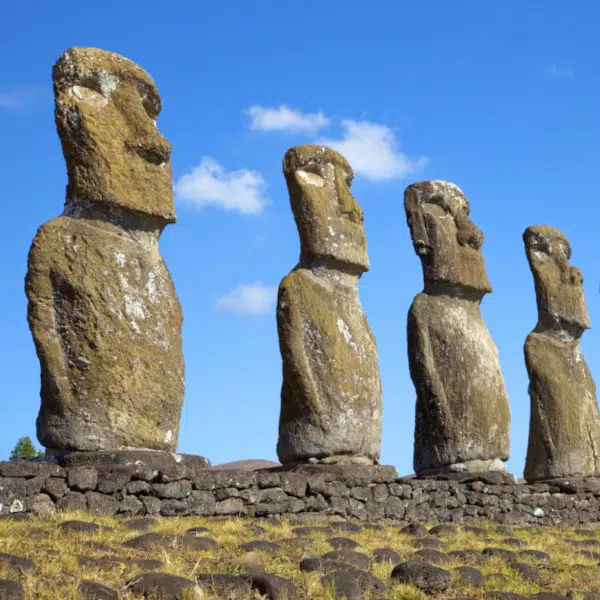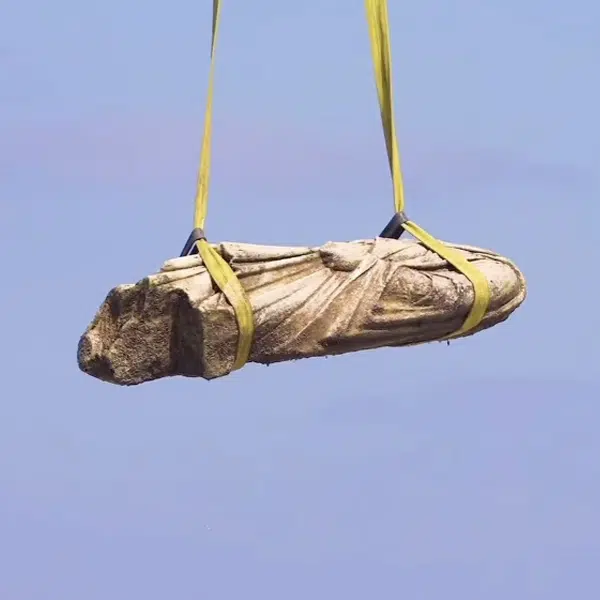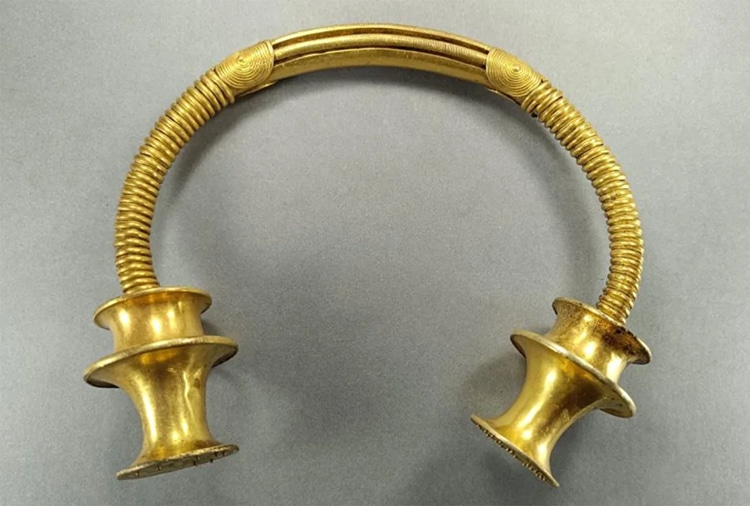
A gleaming gold necklace. (Photo: Museo Arqueológico de Asturias)
The Celts were an Iron Age culture spread across northern and western Europe. Powerful tribes ruled swaths of land in Spain, among other regions. Known for intricate stonework designs and stunning gold jewelry, the Celts were a powerful artistic and military presence. Jewelry in particular was a status symbol for the wealthy among this community, and finding it in situ is a rare opportunity to learn more about this ancient society. In August 2023, two 2,500-year-old gold necklaces known as “torcs” were discovered by a Spanish water worker engaged in surveying lands near Cavandi in Asturias—a unique and beautiful discovery.
The worker, Sergio Marciandi, spotted a flash of gold among rocks. It turned out to be a twisted gold choker. The necklace has been exposed through time after likely being buried by its ancient owner in a treasure hoard. Recent rockslides may have exposed it after centuries. Marciandi alerted Pablo Arias, an archaeologist at the University of Cantabria, to the find. Arias and researchers from the Asturias Archaeological Museum excavated the site, discovering another necklace. The latter was broken, but nearly as impressive as the first.
Both torcs demonstrate clear evidence of wear by their ancient owners based on rub patterns on the metal. “Not everyone could afford one of these necklaces,” Arias told CNN, so the owners were likely well to do. The current estimate for the jewelry's age is about 2,500 years, placing them in a time of Celt power in the region.
The modern discovery of these torcs—which are formed of a central rod, metal spirals, and engraved designs—provides more opportunity to study the artifacts. They can also be compared to discoveries in the region centuries ago where provenance was not properly recorded. “We have very precise information about where they were found,” notes Arias. “It’s quite exceptional.” While much of the meaning of these necklaces remains to be discovered, their discovery was ideal for finding out more about Iron Age inhabitants of the region.
Two exquisite Celtic torcs from Iron Age Iberia were discovered by accident in northwestern Spain, providing a window into the past.
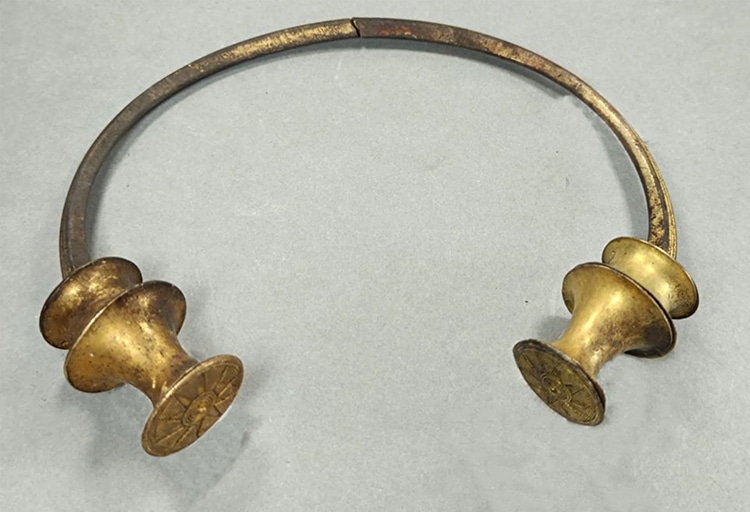
One of the engraved torcs. (Photo: Museo Arqueológico de Asturias)
h/t: [Smithsonian Magazine, CNN]
Related Articles:
Vatican Museums Open Ancient Roman Necropolis of ‘Via Triumphalis’ to the Public
7,000-Year-Old Canoes Discovered Near Rome Are Oldest Ever Found in Mediterranean
Archaeologists Have Determined What Ancient Roman Wine Tasted Like
700-Year-Old Coin Discovered Depicting Jesus Christ Next to a King













































































